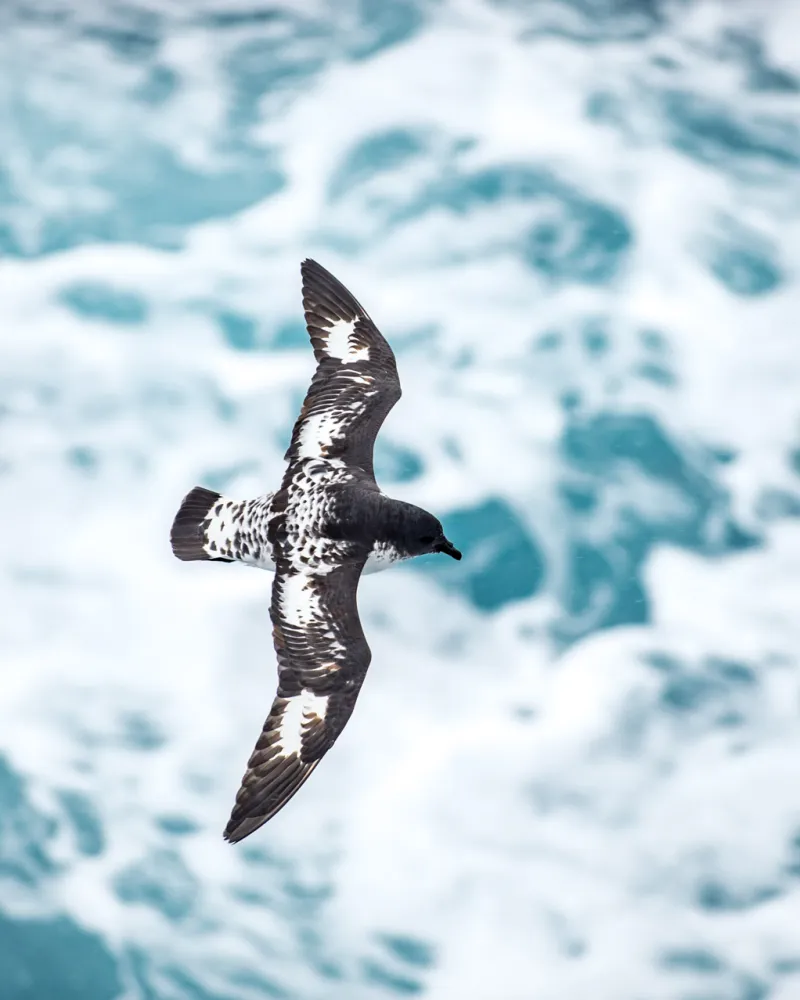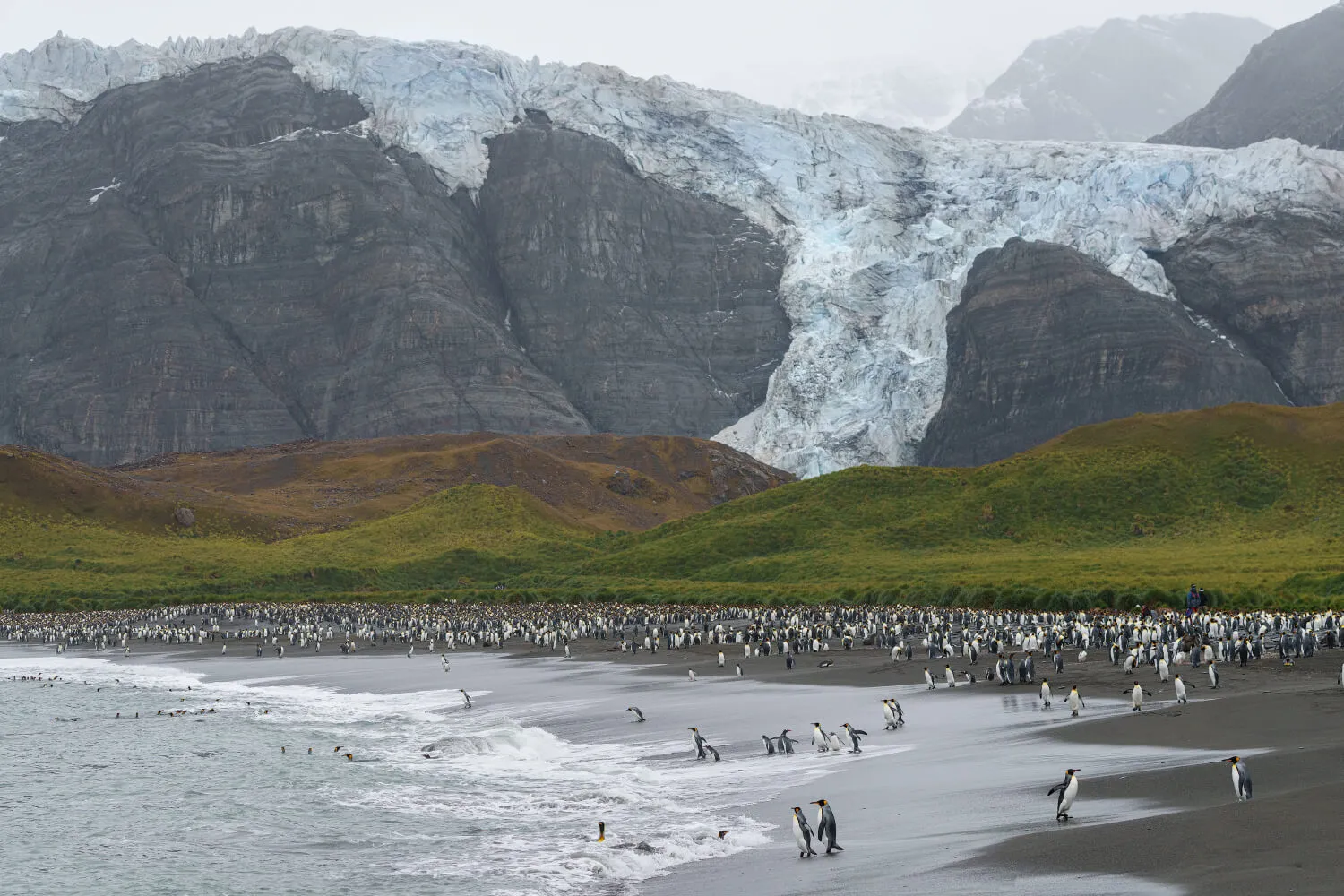
South Georgia
Rugged, Windswept, And A Wildlife-Rich Destination
The South Atlantic Ocean, southeast of the Falkland Islands, South Georgia rises steeply from the sea. It forms a crescent-shaped landscape abundant in glaciers and sheer, rugged peaks believed to be once part of the greater Andean Mountain range of South America. South Georgia’s expansive and frayed coastline stands stark against the South Atlantic Ocean. Contrasting with the ocean, we see eleven mountain peaks looming above 7,000 feet and an estimated 160 glaciers peppered among them.
Though it appears forbidding, this wayward island set more than 1000 miles east of the tip of South America has won the allure of explorers past and present. Permanently be memorialized, South Georgia is as the land where famed British explorer Sir Ernest Shackleton perished after his first-ever crossing of the island in 1916 following the collapse of his unsuccessful Imperial Trans-Arctic Expedition.
Under British rule since the 1700s—when the famed Captain James Cook first landed on South Georgia and launched its rise as a whaling outpost—the island is host to one of the highest concentrations of wildlife on Earth. It’s estimated 30 million breeding birds call the island home—from 7 million penguins to 250,000 albatrosses—and half of the world’s entire population of southern elephant seals.
.webp)
Destination Highlights
Shackleton's Legacy
Visit Shackleton’s grave and learn about his survival story.
Rich Wildlife
See large penguin colonies, seals, and seabirds.
Historic Shipwrecks
Explore shipwrecks like the Petrel along the coastline.
Did you know?
Climate
Polar and unpredictable, this windswept island has year-round cold temperatures, fro...
Discovery
Though it’s believed that in 1676 the London merchant Anthony de la Roché was the...
Geography
South Georgia reigns as the largest in the South Georgia group of islands, eclipsing sev...
Wildlife
It’s estimated 30 million birds call the island home—from 7 million penguins to 250,000 albatrosses—and half of the world’s entire population of Southern Elephant seals.
Wildlife in South Georgia











Upcoming Departures to South Georgia

Experience the Extraordinary
From dramatic landscapes to close wildlife encounters, every journey to the White Continent is unique. Let's start planning yours together.


















.avif)
_Christian%20Cabanillas.JPG%20(1).webp)
.webp)
.webp)
.webp)




.jpg)






